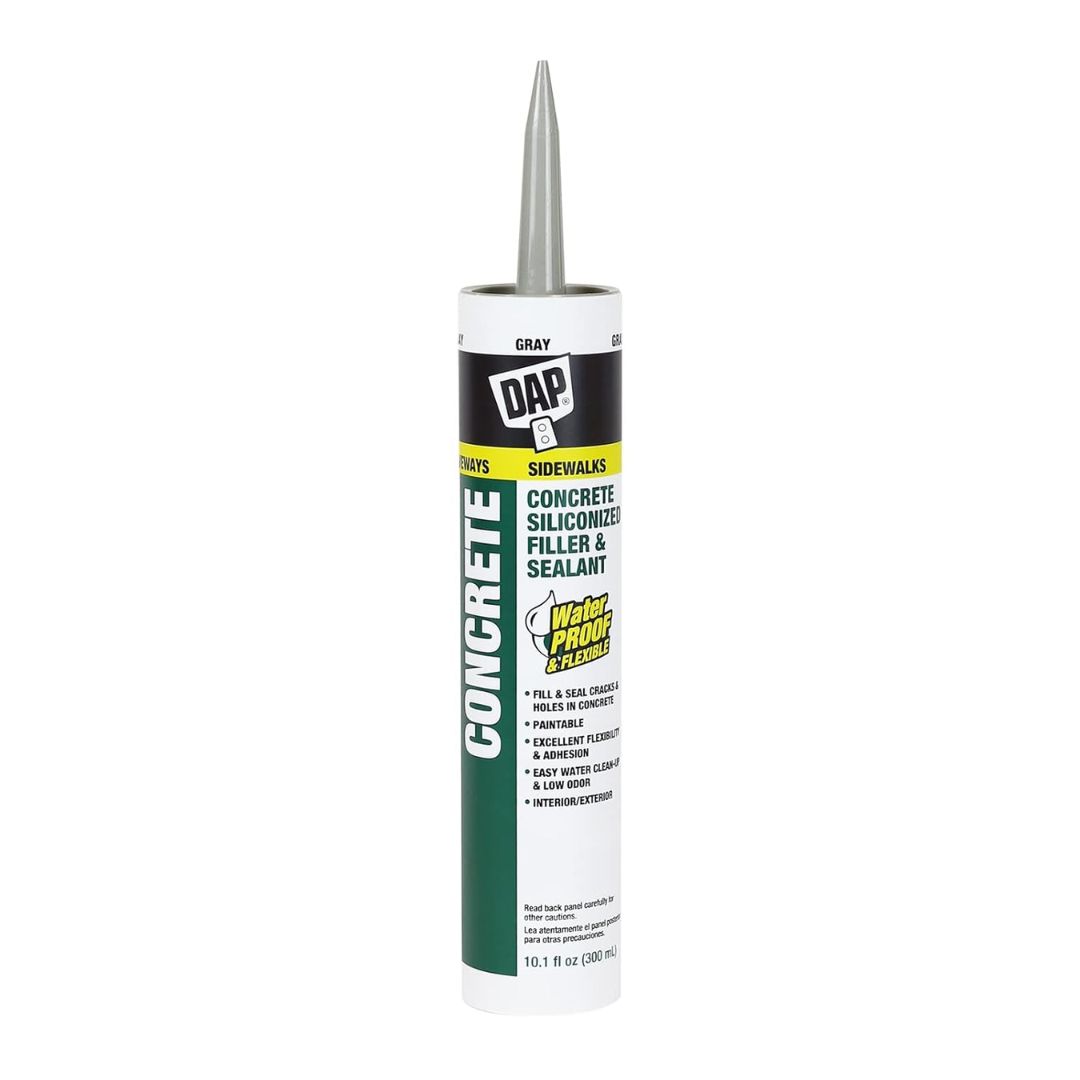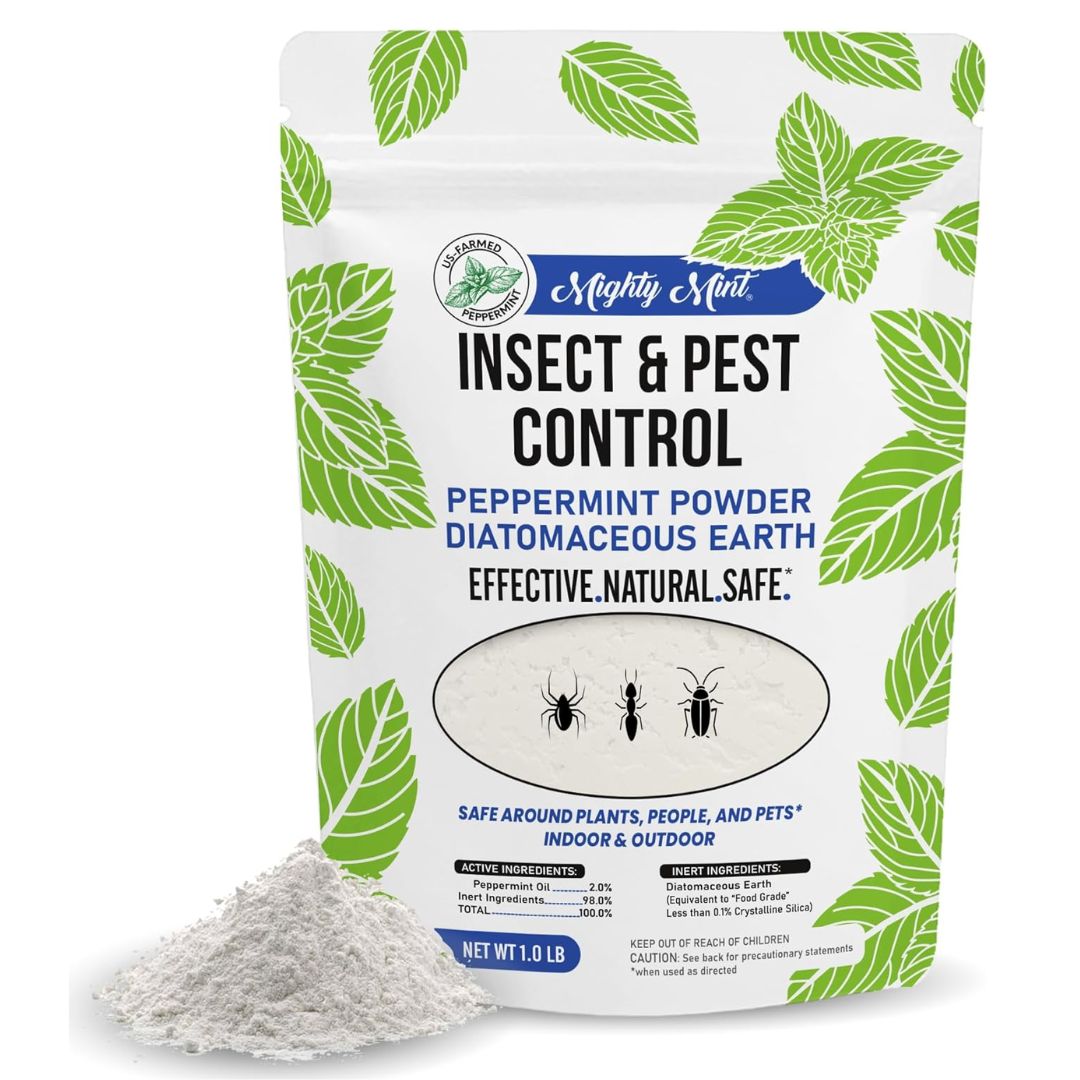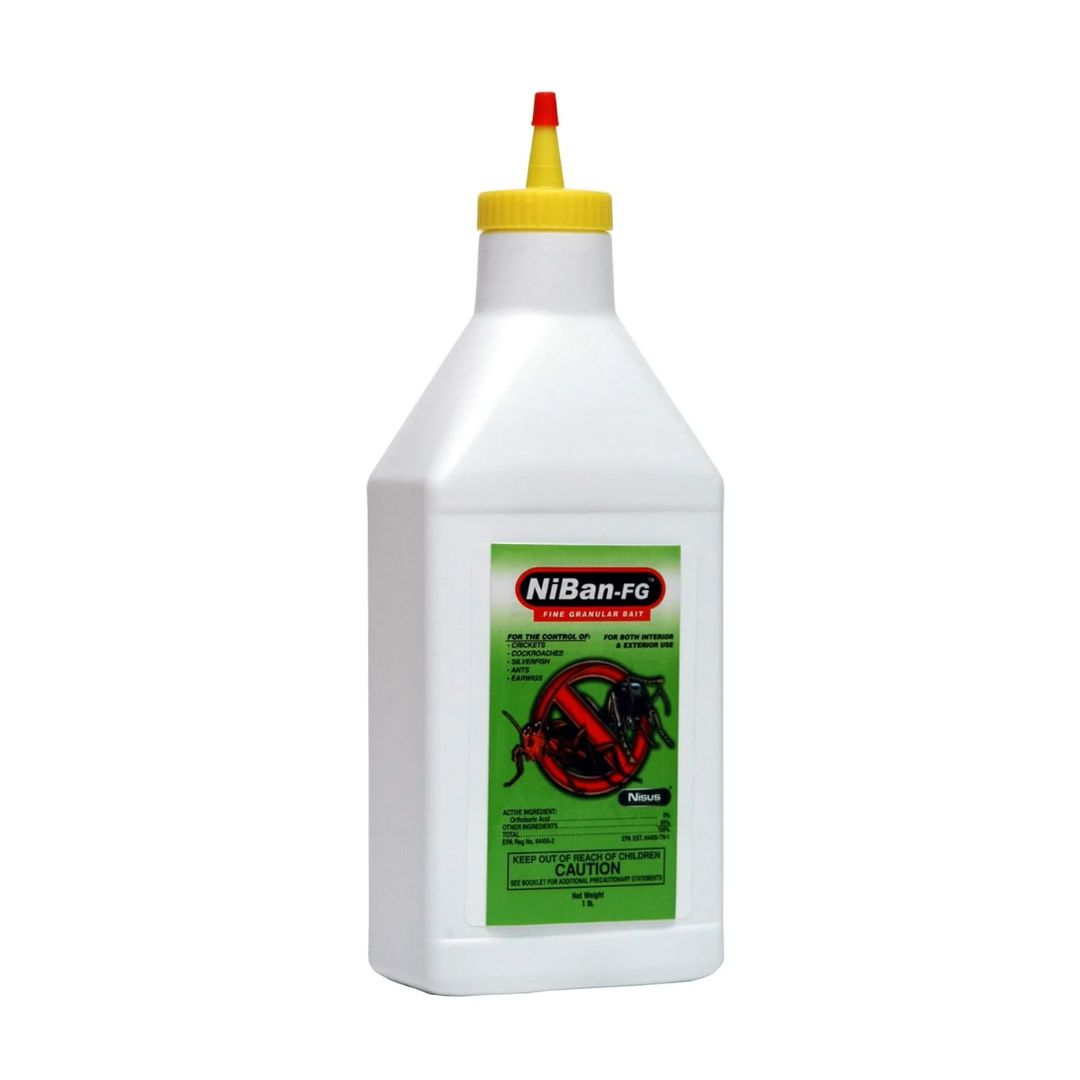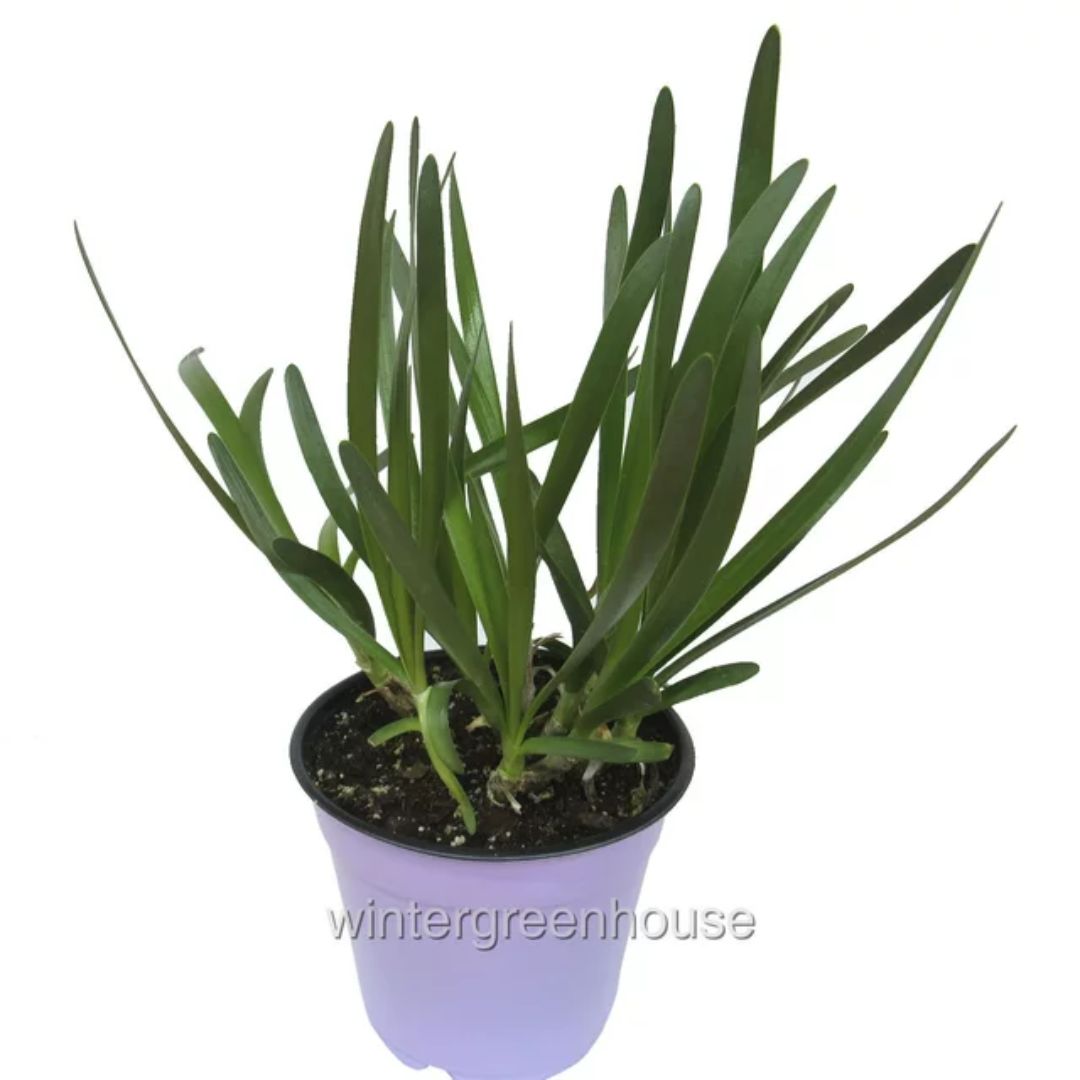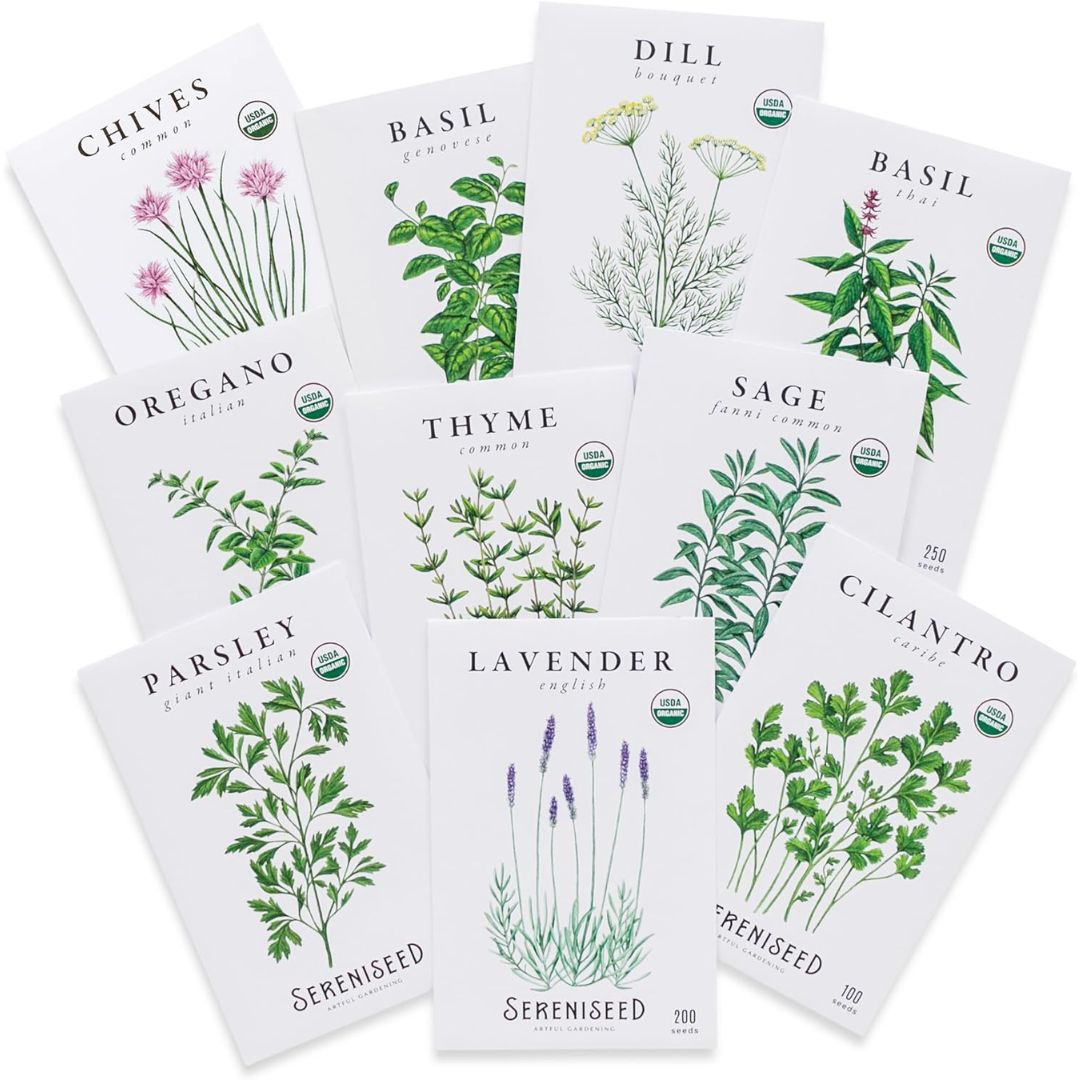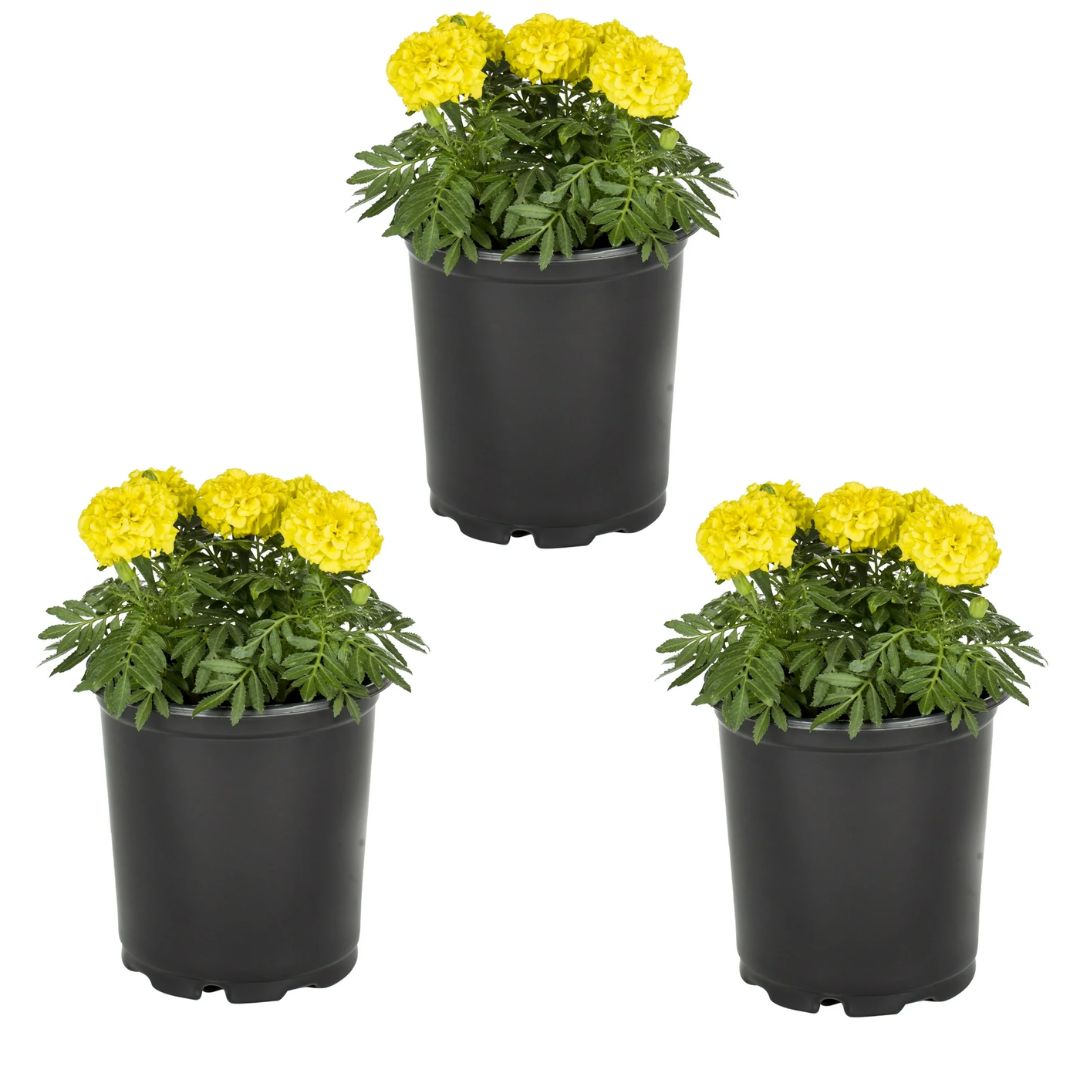How to Get Rid of Earwigs — Expert Advice to Keep These Bugs Out of Your Home and Yard
Earwigs can help to rid a garden of other pests, but in doing so, these critters can damage your flourishing greens. Here are some expert tips on how to prevent them from entering your space
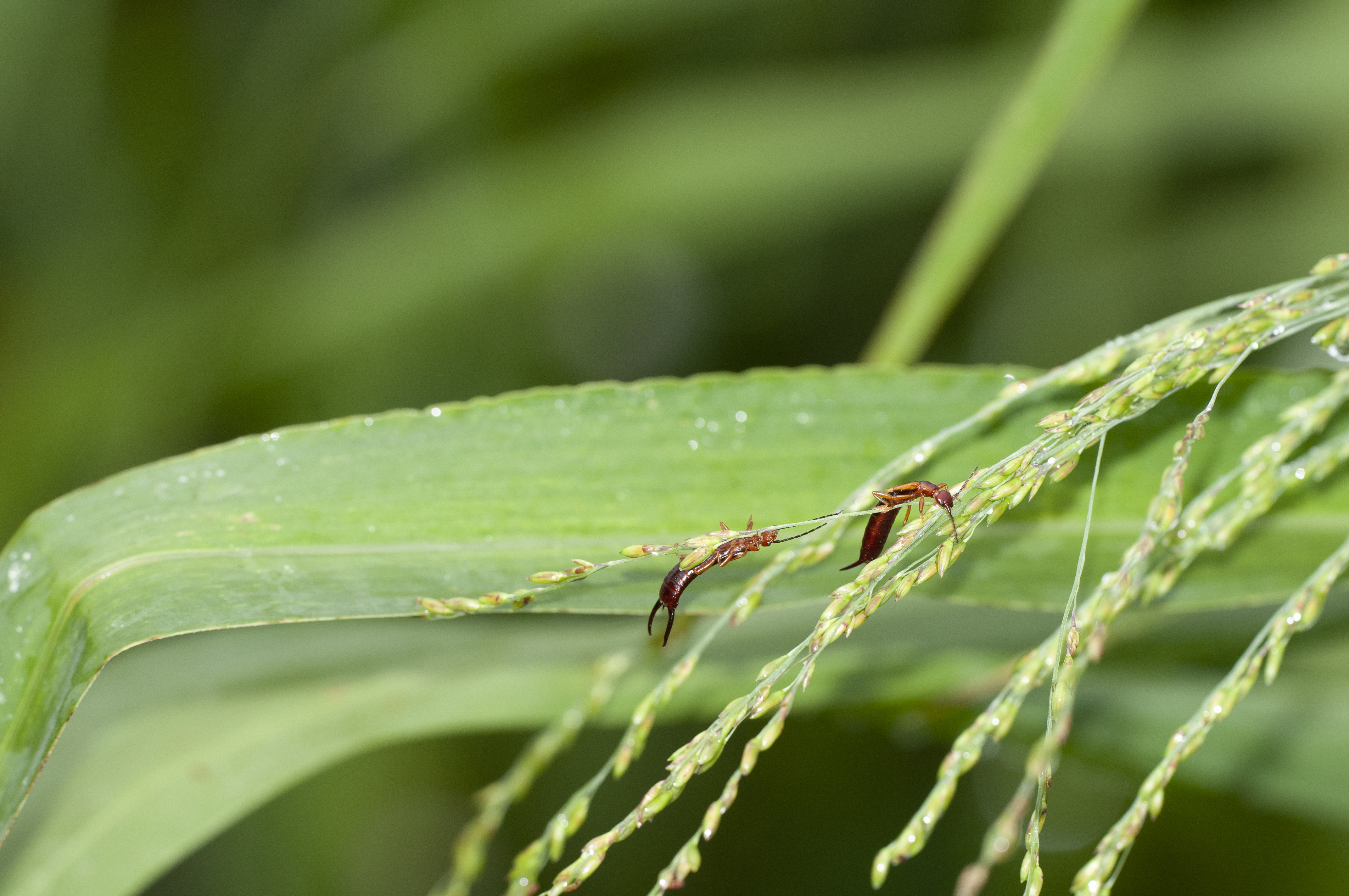

There is a common misconception that earwigs can travel into your ear and shamelessly lay their eggs — fortunately, that's just a myth. However that doesn't mean you want your yard to be overrun by them. So just how do you get rid of earwigs?
In fact, earwigs are generally considered to be beneficial garden insects (most of the time) as they like to nibble on other plant-eating pests such as aphids, but they can end up damaging your much loved plants.
These nocturnal creatures can also be quite a nuisance if they manage to make their way into your home. Known for their mighty pinch, which can cause minor irritation, these critters are often attracted to moist conditions and thrive in spaces with high humidity. 'Just like most insects, earwigs like moist and humid environments with an abundance of food,' says pest expert Ray Hess, from Arrow Exterminators. 'Having yard debris, mulch, gardens, and moisture will surely attract them and allow them to thrive'.
No one wants an infestation of pests in their home or garden, so what would be the best way to get rid of earwigs without harsh chemicals and harming the environment? There's a lot of options you can try, from creating traps to get rid of earwigs
What's the best way to get rid of earwigs?
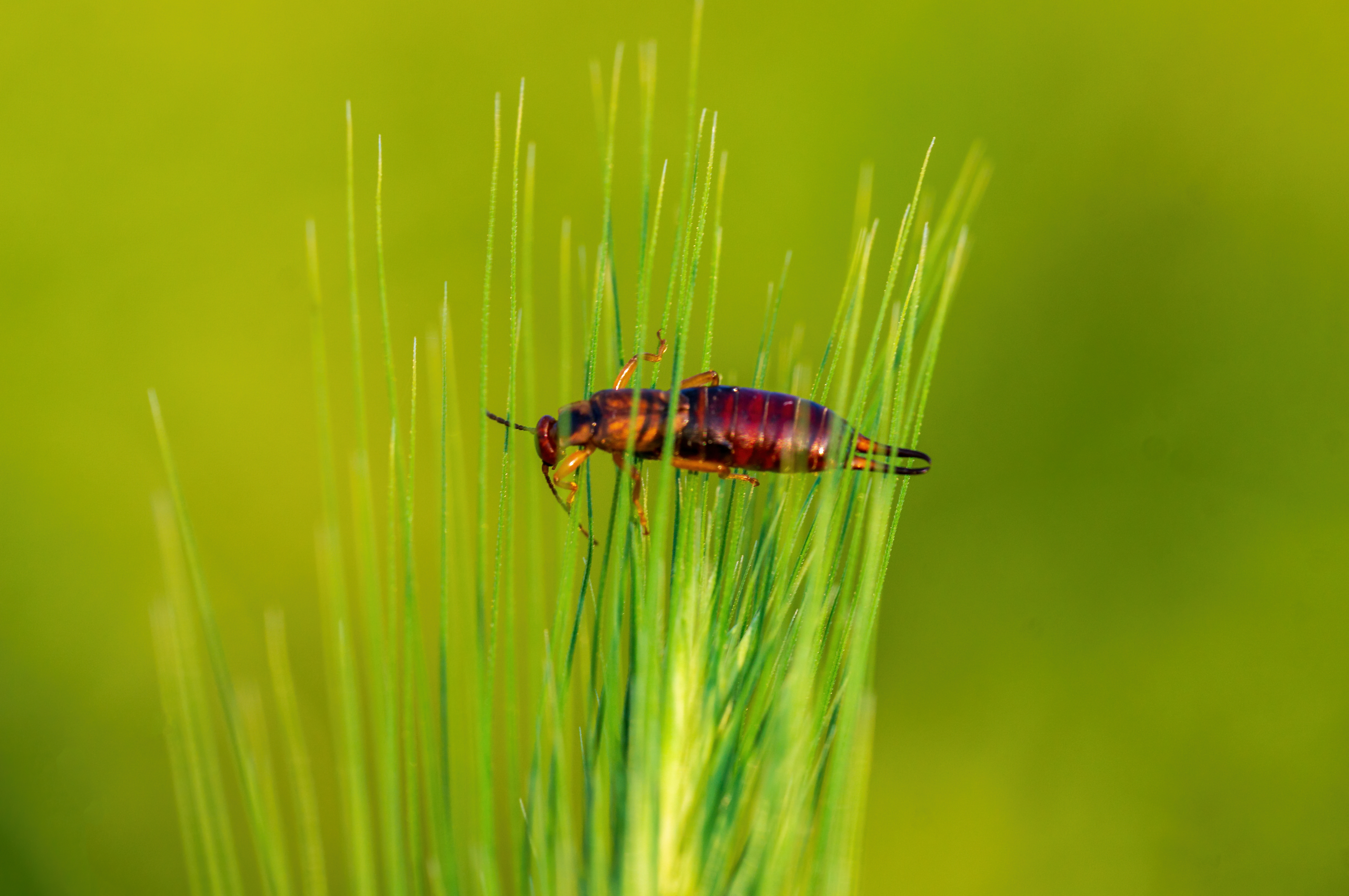
It's time, these creepy crawlies made their way into your home and you want to get rid of them. But what is the best way to do this? Here are some natural methods from an expert.
1. Remove their habitat
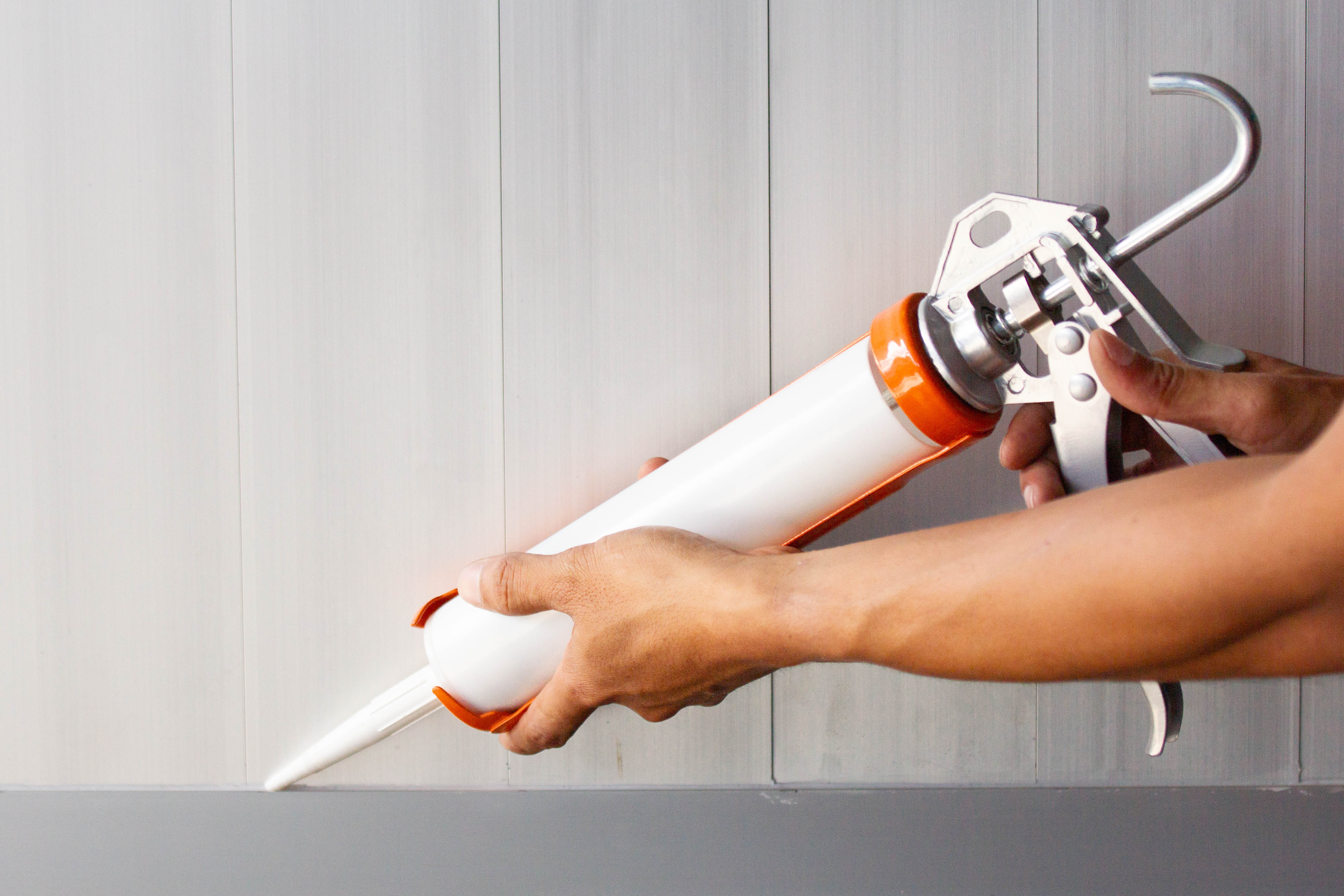
One of the natural pest control methods which Ray suggests is 'cultural controls' he says this includes 'removing their preferred habitats and controlling moisture will greatly help reduce the number of earwigs'
Ray also recommends 'sealing up any openings with caulk to restrict their entry also helps keep them out of the structure'.
Make sure to check the exterior of your home and close up any gaps!
2. Create an oil pit trap

'An oil pit trap can also be effective,' Ray explains. The best way to do this would be to: 'Combine equal parts of soy sauce and olive or vegetable oil in a plastic container with a lid, punch holes in the top of the container under the lid big enough for the earwigs to get through and bury the container in soil up to the holes'.
'The soy sauce attracts earwigs inside, but the oils prevent them from escaping. Once these pests have been caught, then you only just change it out whenever needed,' he notes.
These traps are most effective if they are placed into the ground and above soil surface level.
3. A natural trap

Another method is using diatomaceous earth or laying down a bamboo hose to protect your beloved plants from these crawlers.
Ray says: 'Other strategies for getting rid of earwigs in the garden include placing a ring of diatomaceous earth (DE) around the bases of plants (not in wet areas), or by creating a natural trap by laying one-foot sections of bamboo or garden hose in your garden beds'.
The expert says if you do use these methods, you will need to check these areas every morning and remove out the earwigs nest inside with a bucket of soap water.
4. Use pesticidal baits

Last but not least, Ray says there are also pesticidal baits such as Niban and Intice, 'which are boric acid based granular baits that work well, and mixtures made from essential oils such as Essentria IC Pro and others'.
'If you are unable to get rid of earwigs yourself using these DIY techniques, it is always helpful to call a trusted pest control professional,' Ray adds.
How to prevent earwigs from entering your home
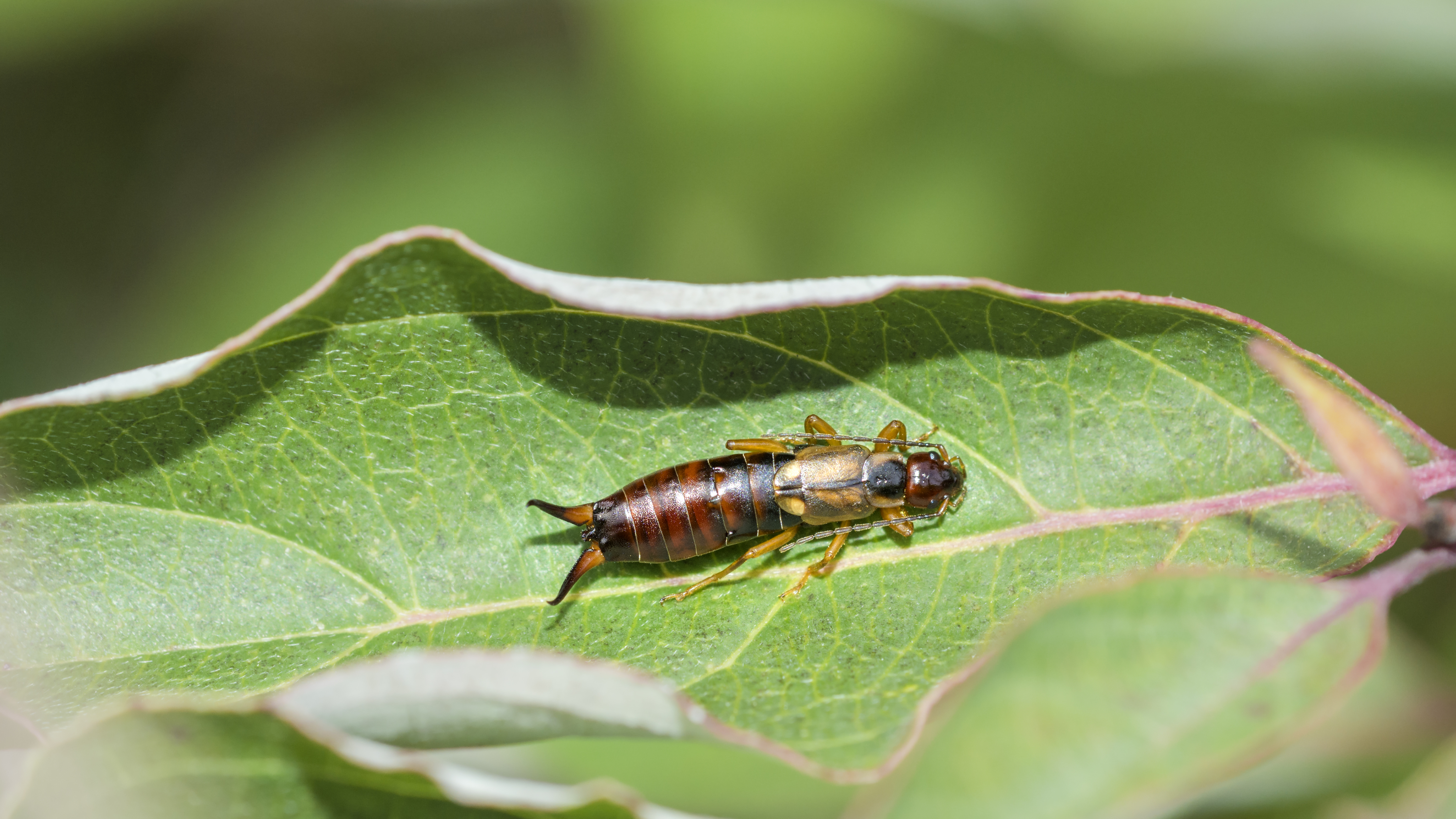
Before they even think about entering your home, you should take extra measure to prevent this from happening.
'The best way to prevent earwigs (and many other pests) from coming inside is to remove hiding locations around your home, including leaf piles, mulch piles and other vegetation,' says Ray. 'You should also check for and seal any cracks or crevices along the perimeter, such as unscreened vents or foundation gaps'.
Shannon Harlow-Ellis, Associate Certified Entomologist and Pest Expert from Mosquito Joe, a Neighborly company, says in order to prevent these insects from entering your sanctuary you should start by: 'Treating the exterior of the home, especially in those cryptic areas that may be overlooked such as cracks and crevices in foundations, around windows and doors. A simple DIY tips would be to use Diatomaceous earth powder they may still enter but will die shortly after. But, don’t squish them they secrete a foul-smelling liquid from their abdomen'.
Flowers such as lavender can also act as a pest control plant and help deter earwigs too.
FAQS
What are earwigs?
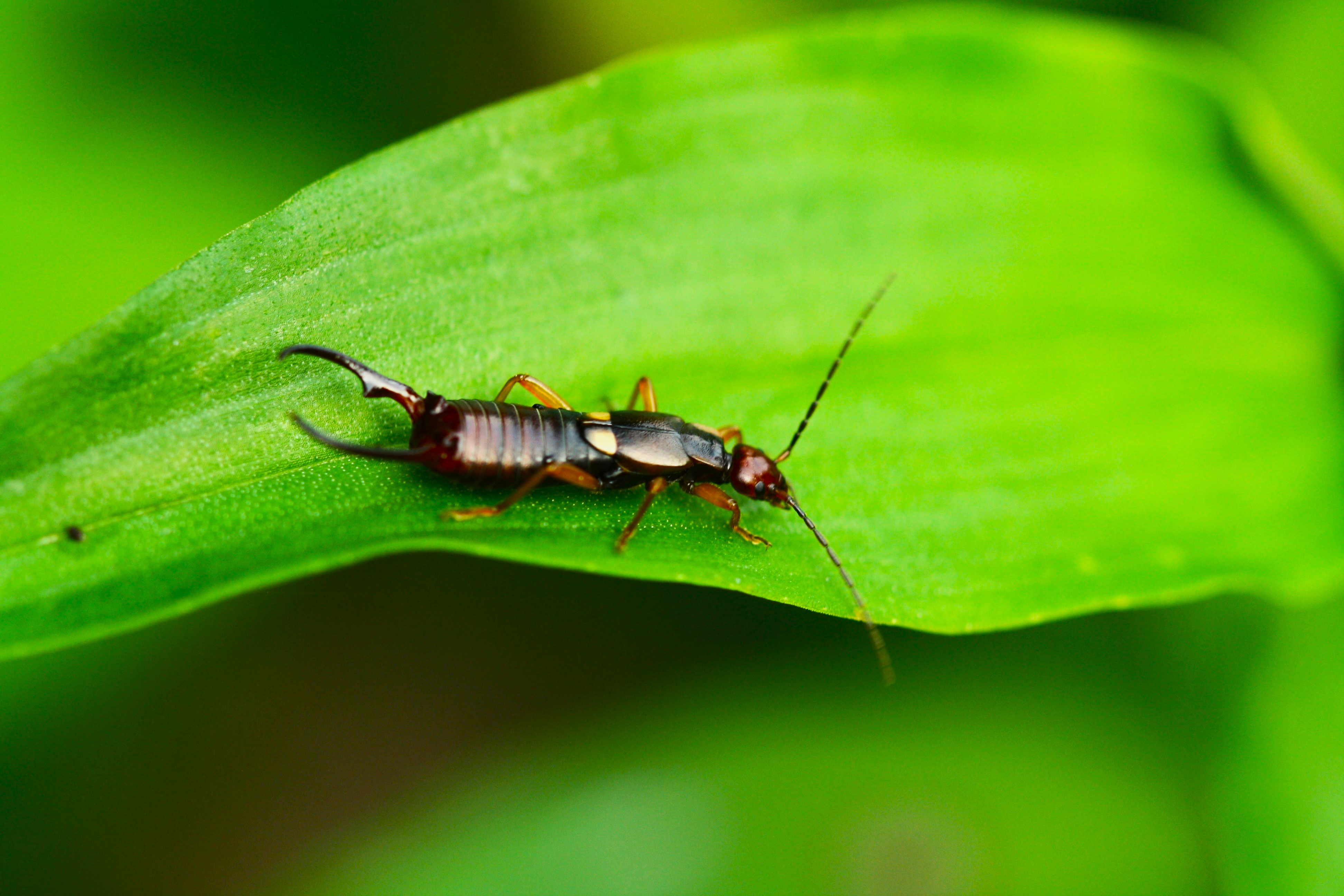
Pest control is essential if you've had an infestation in your home, but it's important to first understand what these insects are. Pest expert Ray Hess, from Arrow Exterminators tells us: 'Earwigs are the sole members of the insect order Dermaptera, which are very old bugs that began crawling around Earth over 200 million years ago. There are many species scattered all over the world, except in the polar regions. They are about ½ - ¾” long, brown in color with light brown legs, and elongated with their cerci 'pinchers' on the hind end. Their young, nymphs, are basically miniature versions of the adults.
He continues: 'These 'pinchers' also give them their common name the 'pincher bugs'. The name 'earwig' comes from an old belief that they would crawl into your ear to nest, which of course is not true. They are mostly nocturnal and nest in places like decaying wood, plant material, and any dark damp place. They are not territorial and will aggregate together in large numbers'.
The pest expert highlights that these critters enjoy spending time in 'basements, wood piles, yard debris, gaps between soil and foundations, and gardens. As omnivores, they eat just about anything that is available to them such as decaying plant and animal matter, and they will also go after prey like aphids, insect eggs, maggots, grubs, and army worms, so technically they can be considered good guys'. But, if they grow in larger numbers, Ray says 'they will also feed on living plants like seedlings and young foliage. It is best to be mindful in keeping in check on these pests, especially around a garden'.
Can earwigs affect my garden plants?

Yes, it seems they can! Pest expert Shannon Harlow-Ellis from Mosquito Joe, a Neighborly company says: 'Earwigs are scavengers and feed on dead insects, decaying plant matter, and other small organisms but will also feed on healthy plant material. Which may cause damage to young plants'.
Ray Hess, from Arrow Exterminators adds: 'While earwigs won’t typically damage the interior of your home, their preferred diet of fresh and decaying leaves, flowers, sweet fruits and other vegetation can lead them to damage gardens and potted plants'.
Do earwigs bite?
They're called 'pinchers' for a reason, but it's important to note that they do not bite all the time (unless they feel threatened) and their little nibbles are not harmful to humans!
Where do earwigs come from?
Earwigs can often find their way into the home through gaps and holes around the homes structure. But, they can also be brought into a home by mistake, whether that's through bringing an outdoor plant indoors, or by other items that may be stores in wet, damp and moist spaces.
'The biggest part of earwig control is eliminating sources of moisture,' says Shannon. 'This can be accomplished by avoiding overwatering lawns and landscaping, ensuring that downspouts are turned away from the structure and are not obstructed and finally keeping foliage trimmed back away from the structure at least three inches if not more'.
Add these 'Pest Control Plants' into your backyard
Be The First To Know
The Livingetc newsletters are your inside source for what’s shaping interiors now - and what’s next. Discover trend forecasts, smart style ideas, and curated shopping inspiration that brings design to life. Subscribe today and stay ahead of the curve.

Faiza is the Renovation Editor at Livingetc. Faiza is currently renovating her small kitchen in her dainty apartment in London. Faiza previously worked for The Independent as a News Feature Writer, where she crafted lifestyle, entertainment, and news stories. She also worked as an Audience Editor for the newspaper for almost two years. Thriving in the busy newsroom, Faiza also spent her time crafting stories for Sky News as an SEO reporter, where she produced stories based on trending topics. Lifestyle and interior design is a space she has been interested in for quite some time, and as she blossoms in this field, she will continue to further her skills in design and gardening. Faiza has a background in SEO, social media, and reporting. Her passion for writing goes beyond her workm as she loves all things poetry and creative writing.
-
 My 10 Favorite Designs at Milan Design Week 2025 — Out of the Hundreds of Pieces I Saw
My 10 Favorite Designs at Milan Design Week 2025 — Out of the Hundreds of Pieces I SawThere is a new elegance, color, and shape being shown in Milan this week, and these are the pieces that caught my eye
By Pip Rich
-
 Iridescence Is Chrome’s More Playful, Hard-to-Define Cousin — And You're About to See It Everywhere
Iridescence Is Chrome’s More Playful, Hard-to-Define Cousin — And You're About to See It EverywhereThis kinetic finish signals a broader shift toward surfaces that move, shimmer, and surprise. Here's where to find it now
By Julia Demer
